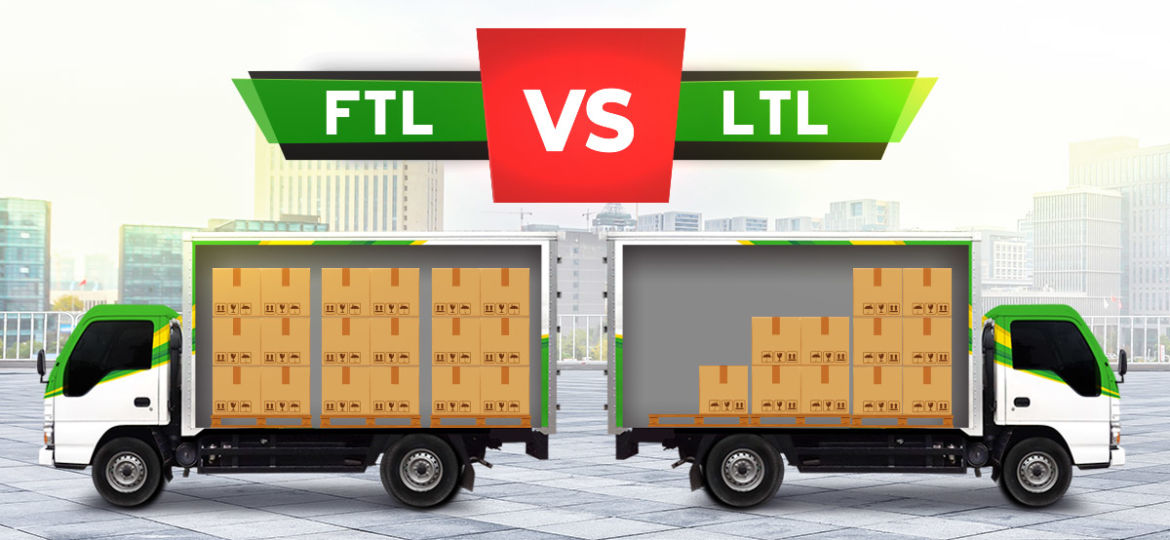
When it comes to shipping logistics, understanding the difference between Less Than Truckload (LTL) and Full Truckload (FTL) shipping is crucial for businesses looking to optimize their supply chain efficiency and costs. In this blog post, we’ll delve into the key differences between LTL and FTL shipping, and guide you on how to make the best choice for your shipping needs.
Understanding LTL Shipping
LTL shipping stands for Less Than Truckload, indicating that the shipment does not require the full space of a truck. This option is ideal for small to medium-sized businesses or for shipments that are too large for parcel carriers but too small to fill a full truckload.
Advantages of LTL Shipping
Cost-Effectiveness: You only pay for the portion of the truck your freight occupies. LTL allows you to pay only for the space you use, making it a more economical option for smaller shipments.
Flexibility: It is easier to coordinate LTL shipments for smaller, more frequent deliveries. Suitable for businesses with fluctuating shipping volumes.
Additional Services: Offers services like liftgate delivery, inside delivery, and residential service.
Exploring FTL Shipping
FTL shipping, or Full Truckload, is used when a shipment is large enough to fill an entire truck or when a customer prefers a dedicated truck for their goods. This method is typically used for larger shipments, high-value goods, or when time-sensitive delivery is required.
Advantages of FTL Shipping:
Faster Delivery: FTL shipments usually travel directly from the pickup point to the destination without stops, ensuring quicker delivery.
Less Handling: FTL shipments are not typically offloaded or transferred en route, reducing the risk of damage.
Greater Capacity: Ideal for large shipments, FTL can accommodate a higher volume of goods.
Make the Right Choice: Choose Key Considerations Between LTL and FTL Trucking
Shipment Size: Evaluate the size of your shipment. If it’s small or medium-sized, LTL might be more cost-effective.
Budget Constraints: LTL is generally more budget-friendly for smaller shipments.
Delivery Speed: If you have a tight deadline, FTL might be the better option.
Frequency of Shipments: For frequent, smaller shipments, LTL offers greater flexibility.
Special Requirements: Consider any special handling or temperature control needs. FTL might offer more specialized solutions.FTL offers less handling and more security.
Choosing between LTL and FTL shipping involves a careful analysis of your shipment size, budget, time constraints, and handling needs. By understanding the pros and cons of each method, you can make an informed decision that aligns with your business goals and ensures the efficient and safe delivery of your goods.
At NFFI We specialize in providing tailored logistics solutions that meet your specific shipping needs. Whether it’s LTL or FTL, our team is here to assist you in making the right choice for your business.

